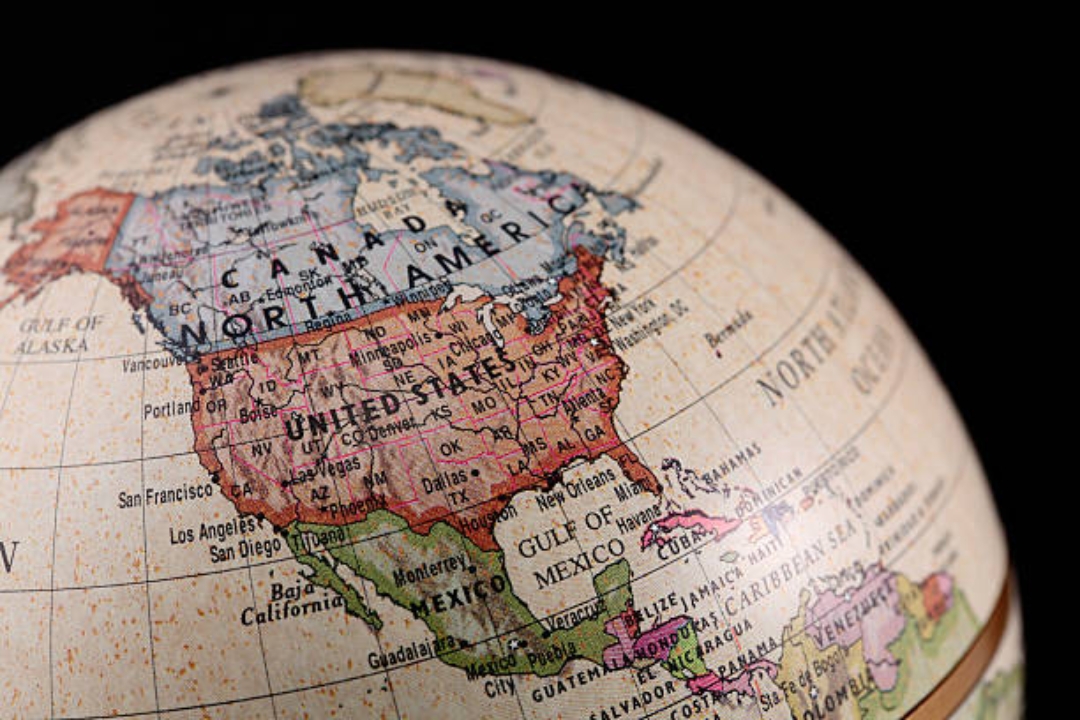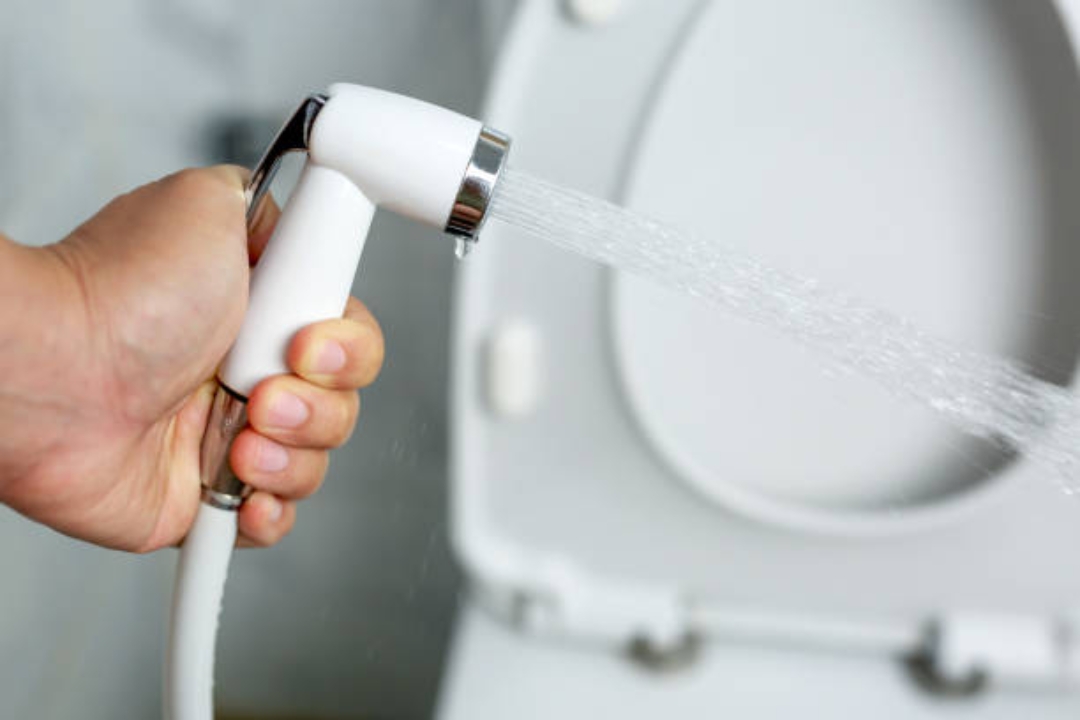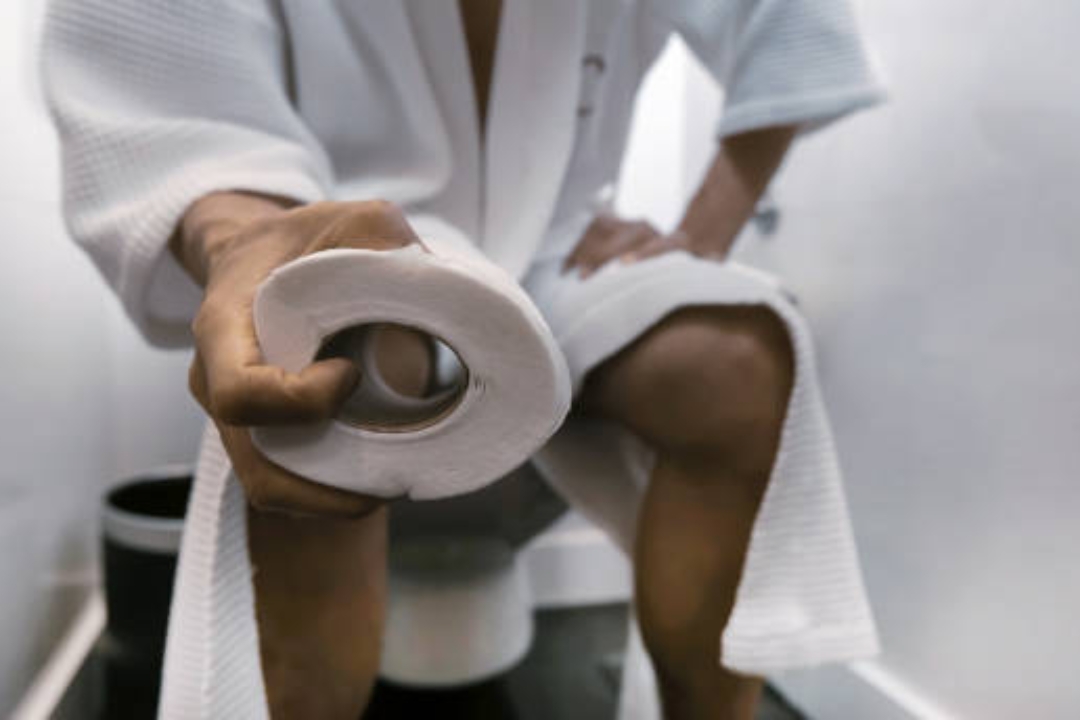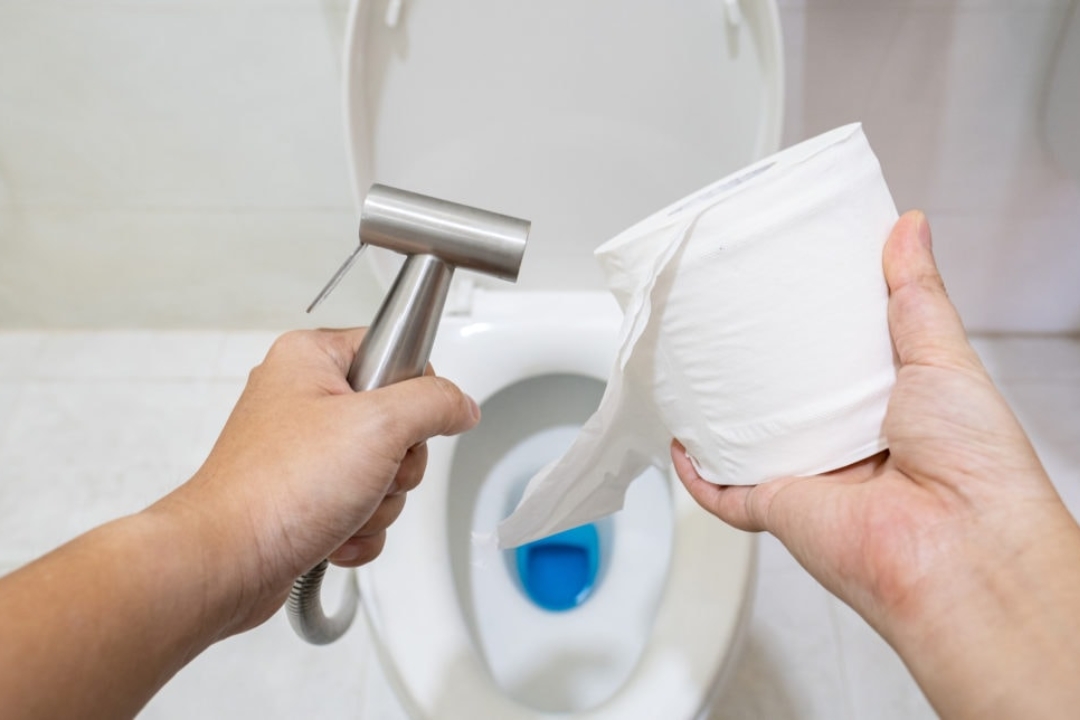Table of Contents
Why did people stop using bidets?

Bidets have long been a popular fixture in many households around the world. It is believed that they were first introduced in France in the early 1700s but began to gain popularity in other parts of the world such as Europe, North America and Asia by the late 1800s. Today, Despite its utility and traditional popularity, bidet usage has decreased significantly in recent years. The question arises: why did people stop using bidets?
With their long history and many advantages, it’s surprising that bidets have become less common. While there may be a variety of factors at play, it’s clear that something caused people to stop using them. It’s not clear when or why this cultural shift occurred. In this article we will explore the reasons why bidet usage has decreased over time and examine what can be done to bring back this important personal hygiene tool and consider whether reintroducing them into modern households will be beneficial or not.
Why do Europeans not use bidets?

Despite the fact that bidets are commonplace in many parts of the world, they remain an unfamiliar concept to many Europeans. This is largely due to a lack of information and knowledge surrounding their purpose and usage; as a result, this unfamiliarity has remained unchanged for many years.
The majority of people from Europe tend to think of bidets as being unsanitary. This perception has been carefully constructed over time by the continued absence of education about what a bidet actually is and how it can aid personal hygiene. The fact that there are very few public restrooms equipped with these products only serves to further compound this misconception.
Although efforts were made in recent years to try and address this issue, it appears likely that Europeans will continue to remain unaware or uneducated about bidet usage in the near future.
Why bidet is not used in North America?

Bidets have never been embraced by American culture, despite its wide usage in other parts of the world. This is mainly due to a negative perception of bidets that originated from its use in brothels as an emergency contraception method. Bidets are viewed as lascivious and improper, leading to a general aversion towards using them.
People in North America generally opt for toilet paper instead of using bidet sprayers or warm water jets. Toilet paper is seen as more hygienic and convenient compared to bidets, which require additional installation and maintenance costs.
Additionally, traditional bathroom designs in North America lack enough space for a bidet to be comfortably installed. Moreover, many Americans are unfamiliar with how to use one or don’t understand why it would be useful.
Furthermore, some people feel uncomfortable with being exposed while cleaning themselves after going to the bathroom.
Finally, the cost of purchasing and installing a bidet is higher than the cost of simply buying toilet paper, so it may not seem worth the investment for many people. Despite their lack of popularity in North America thus far, bidets are still gaining traction as more people become aware of their benefits and recognize that they can save money over time.
Are bidets wasteful?

It’s an important question to consider in a world with increasing water shortages. Many people assume that installing a bidet would actually be more wasteful than using traditional toilets and toilet paper. But is this really the case? Surprisingly, no! Contrary to popular belief, the use of a bidet actually reduces water and toilet paper usage. Making it more environmentally friendly than traditional toilets.
In fact, bidets are actually much more efficient when it comes to conserving water. A traditional toilet uses between 1.6-7 gallons of water per flush. While most modern bidet designs use only 0.5 gallons (or less) for each cycle. This means that switching from a toilet-and-paper setup to a bidet could reduce your total water usage by up to 80%.
Additionally, by reducing the need for toilet paper, you’ll save hundreds of sheets of paper every single year. Which will help lower your carbon footprint and do wonders for the environment. Your typical roll of toilet paper is around 4 inches in diameter and 1000 feet long when fully unrolled. This means that every time someone goes to the bathroom and uses a traditional toilet and tissue combo, they can be using up to 30 feet of tissue per visit! That adds up quickly over time!
With a bidet however, this amount is greatly reduced. As only several ounces of clean water are used each time someone uses the restroom instead. Furthermore, since most households already own a traditional toilet set-up. Installing a bidet would not require extra plumbing or expensive fixtures.
Who should not use a bidet?

Bidets are a popular bathroom hygiene device found in many homes around the world. They offer an effective way to clean and maintain good hygiene practices. However, there are certain individuals who should be cautious before purchasing for their own safety and health.
For general purposes, bidets are considered safe and hygienic for healthy individuals. However, people with weakened immunity or certain medical conditions could be at risk of developing irritations or infections from using one. Individuals who have HIV/AIDS, cancer patients undergoing chemotherapy, and those taking steroids or immunosuppressant drugs are particularly vulnerable to potential skin problems caused by excessive moisture around their rectal area resulting from the use of a bidet.
Bidets are typically used to clean the anus and genitalia after using the restroom. But they should not be used by those with compromised immune systems. For individuals who have weak immune systems. It is best to avoid using a bidet altogether to reduce any potential risks associated with its use. Instead, opt for toilet paper or baby wipes as an alternative form of cleansing after going to the bathroom.
Can bidets spread bacteria?

Bidet toilets are a great way to improve personal hygiene, but recent studies suggest that the water of bidet toilets may be contaminated with fecal indicator bacteria. These include Escherichia coli and Pseudomonas aeruginosa, as well as antimicrobial-resistant bacteria. This raises questions about who should or should not use a bidet in order to avoid the risk of cross contamination.
Study found that it could potentially cause gastrointestinal problems if ingested or even skin infections if they come into contact with broken skin. Therefore, individuals at risk for infection from these pathogens should be extra cautious when using bidet toilets.
This includes pregnant women and people who have just undergone surgery should also exercise caution as their bodies are especially susceptible to bacterial infections.The elderly and young children are particularly vulnerable to infection from these bacteria, so they should be extra cautious using bidet toilets. People with weakened immune systems due to cancer treatments or other medical conditions should also think twice about using a bidet toilet as the increased risk of infection could pose a serious health hazard for them.
Are bidets healthier than toilet paper?

In the age of environmental and health awareness, more and more people are turning to bidets as a replacement to traditional toilet paper. Bidets are a cleaner, gentler option. Not only better for the environment but also your body and your wallet. Not only do they offer a deeper cleanse than toilet paper alone. But they can help reduce irritation and prevent infection. By switching to a bidet you can save your skin from harsh scrubbing. Save money on your shopping bill, as well as taking care of the environment.
Bidets use less water than conventional toilets, so you won’t be wasting any precious resources when you use them. Plus, it could save you money in the long run. Since you don’t need to buy as much toilet paper. Wiping less means lower shopping bills! Studies show that switching from traditional toilet tissue to bidet seats can help reduce overall household waste by up to 75%.
Bidets offer many benefits over traditional toilet paper, including improved hygiene. Unlike toilet paper which may leave behind residue. A bidet uses water pressure to thoroughly cleanse without leaving any lint or residue behind. This is especially beneficial for those who have sensitive skin. Since it provides a gentler cleaning experience than rough toilet tissue can provide.
Is there a downside to using a bidet?

The bidet has seen a dramatic increase in popularity. With its promise of improved hygiene and convenience, it’s easy to see why so many people have made the switch. But is there a downside to using a bidet?
While the modern-day bathroom staple is incredibly convenient, it’s important to pay attention to the water pressure and temperature before you use one. If either is too high, you could experience scalding or otherwise agitate your bottom.
To avoid any potential issues, make sure that both the water pressure and temperature are set correctly when using your bidet. So that it won’t deliver an unexpectedly high-pressure stream of water that could cause accidental burning or chafing. Many bidets come with a range of settings so be sure to adjust them according to your needs. It may also be wise to test out the settings before actually sitting down on the seat! If you’re worried about getting the settings just right. There are now several models on the market with automated features that provide optimal levels of comfort and cleanliness.
Aside from ensuring safety by paying attention to these two factors, proper hygiene should also be observed when using a bidet. Remember that wetness around your genital area can lead to bacterial growth. Which can cause infections or other medical problems if not taken care of properly.
Is it better to wipe or use a bidet?

When it comes to the ‘great debate’ of wiping vs. using a bidet, there is no clear-cut answer. While there are certainly pros and cons to both wiping with toilet paper and using a bidet, many people prefer the latter due to its cleanliness, gentleness on skin, and environmental-friendliness. However, which method works best for you will depend on your personal preferences, as well as any health or environmental considerations.
Toilet paper is affordable and easily accessible in most parts of the world. Making it an ideal choice for many people. Plus, it is more discreet than a bidet since there are no plumbing fixtures required and can be used almost anywhere. On the flip side, toilet paper can be abrasive on sensitive skin and may not always do an adequate job at cleaning after a bathroom trip.
Bidets provide superior personal hygiene when compared to toilet paper alone. Bidets use a stream of water that helps to remove bacteria and waste more thoroughly than even the most absorbent kind of toilet paper can achieve. In addition, using a bidet eliminates the risk of irritation associated with scrubbing too hard with dry tissue.
Additionally, they use significantly less water than toilet paper does during production. About one tenth of the amount required for regular TP—making them much more eco-friendly than traditional wipes.
Finally, switching from toilet paper to a bidet can save you money on your next shopping trip!
